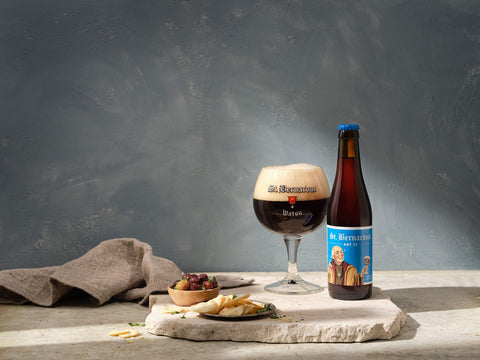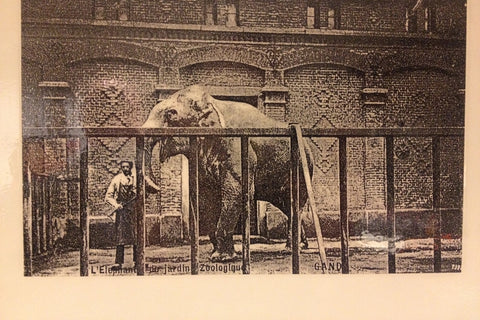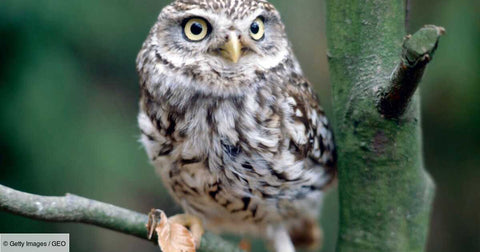
Malting - What is it in the beer making process?
You already know that malt is one of the main ingredients used for making a beer. But malt does not come as a ready-made product. To get malt, we need a process called malting.
If you are curious to know more about the beer-making process, continue reading to find out about one of the prior steps in brewing a beer, malting.
What is malting
By definition, malting is the process of converting grain into malt. In the process of malting, the physical structure of the grain is modified to allow the synthesis or activation of a series of enzymes. That is so that the final product, malt, would be ready to be used in the process of brewing. The grain is steeped in water, then encouraged to germinate and finally dried.
Different steps of malting
Before starting the malting process, the cereals need to be chosen. All cereals can be malted, but not all are great for beer. Barley is the most commonly used as it is rich in starch that allows obtaining fermentable sugars and then converting them into alcohol. Once the barley is harvested, the malting process can start.
Steeping
In this phase, the grain is soaked. After a few hours, the water is drained, and the grain is exposed to air. It goes through a few phases of humidification and oxygenation. That is to activate the embryo. The process lasts a few days and ends once the grain moisture content passes over 40%.
Germination
Once steeping is done, it is time for germination. The germination process already started in steeping but will continue in this step. This period lasts between four to six days. The barley needs to germinate to produce enzymes. The result of the process is called “green malt”.
The wet barley is spread in thick layers on malting floors. The temperature and moisture level is controlled by the maltster to achieve the best results. The rootlets need to emerge from the kernel of the grain. That opens up the seeds for the starch reserves. The growing generates heat, which means that the barley mass needs to be turned continuously. Turning is still done traditionally by hand under the eyes of a maltster.
Kilning
Germination stops when all the starch in the grain has been broken down. This step is to dry the malt to prevent it from further germination. The germination needs to be stopped because, if the kernel would continue growing, the growing plants would use all the starch reserves for themselves.
The green malt is entered into what is called a kiln. Kiln has a heat chamber where the barley is placed on trays. The kilning process goes through two phases. First, it is when the moisture is removed by ventilating the barley with hot air. The temperature is set depending on the type of malt requested. For example, the temperature is different for standard malts or roasted malts. During the second phase, once the moisture has escaped, the temperature is kept for the malt to develop its colour and aroma. These processes take about 28 to 34 hours.
Final steps
In the end, the malt goes through degermination. That removes all the rootlets that did not come off during the kilning process. After this, the malt is ready to be used for brewing within the next two weeks.

History of malting
Malting was already used in ancient times. There are no records that confirm the exact date and location of when malting was first used. Yet, legends are saying that it was the Egyptians who used a wicker basket to manufacture malt.
So how did the Egyptians create malt? They lowered the basket into an open well and put it into the water for steeping. After, the basket was raised to a higher level for germination. The drying process was natural, bringing the basket to the top and drying it with natural sunlight.
This way of malting was limited to the number of wells. That led maltsters to develop a new method, and they started using man-made cisterns and natural caves. The new way of malting naturally continued for centuries.
The next development in malting arrived in middle Europe when maltsters realised there is a necessity for artificial methods that allow controlling humidity and temperatures. That was all because the demand for malt increased. A malt house was created. A malt house was a structure located at the bottom of a hill adjacent to a stream. The grains would be placed on top of the house and dropped into cisterns for steeping. The stone floor of the house was used for germination. When the germination was complete, the malt was shovelled through a trap door to wheelbarrows. Wheelbarrows were used to transport the malt to the kiln for drying. The kiln was a room where furnaces laid under the tiled floor.
This new way of malting was an improvement because the maltster had control over all the processes. Nevertheless, this method was still weather dependent and thus was mostly done during the cooler months. There was still a limitation to malting.
Centuries later, the next development in malting came with electricity and power. The old houses were turned modern with ventilation fans and water pumps. Steel tanks replaced cisterns, and the houses now had sprinkler systems. Modern malting decreased manual labour and increased production.
Further reading:
Learn about the second main ingredient important for making a beer, hops



Leave a comment